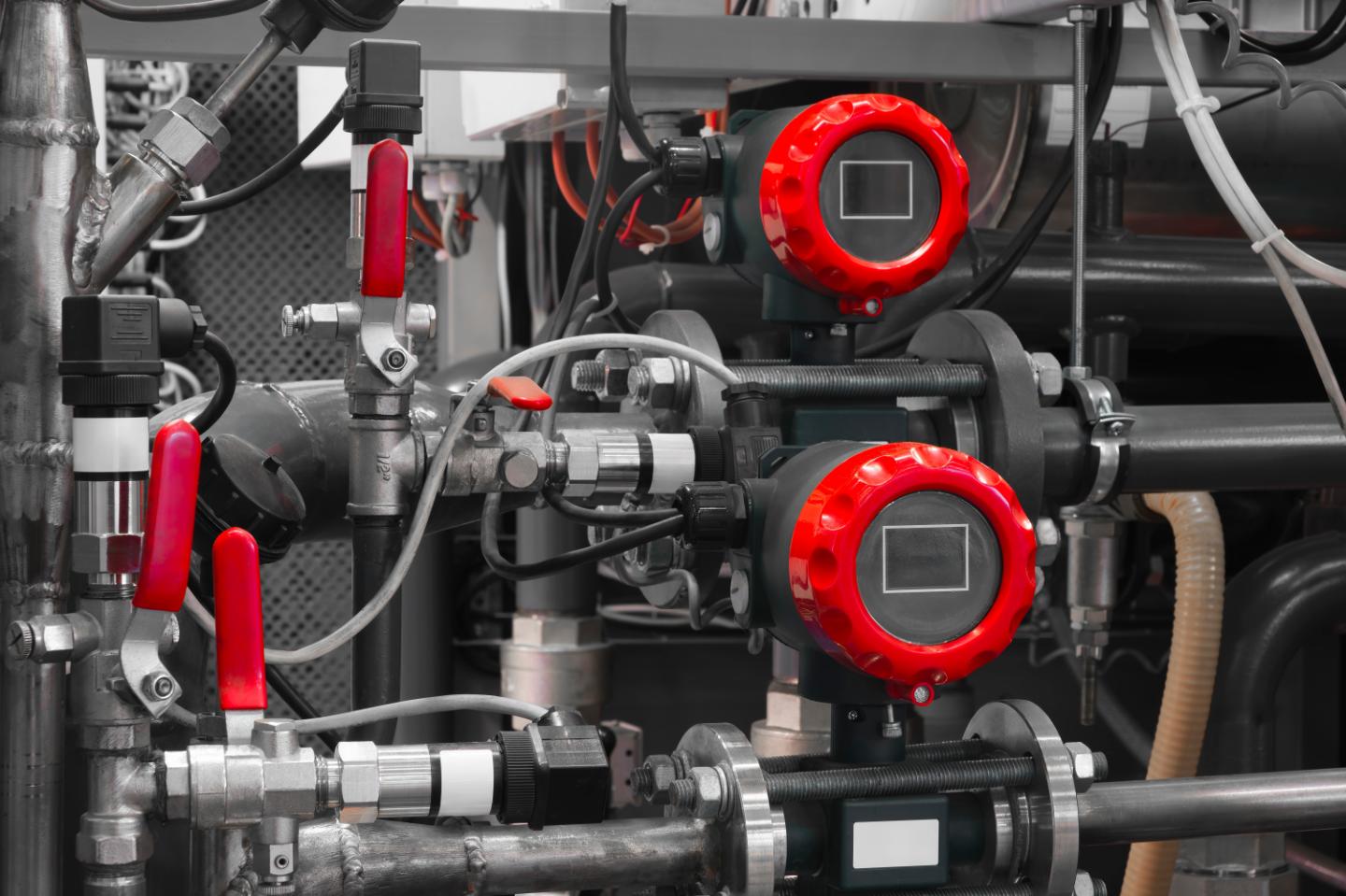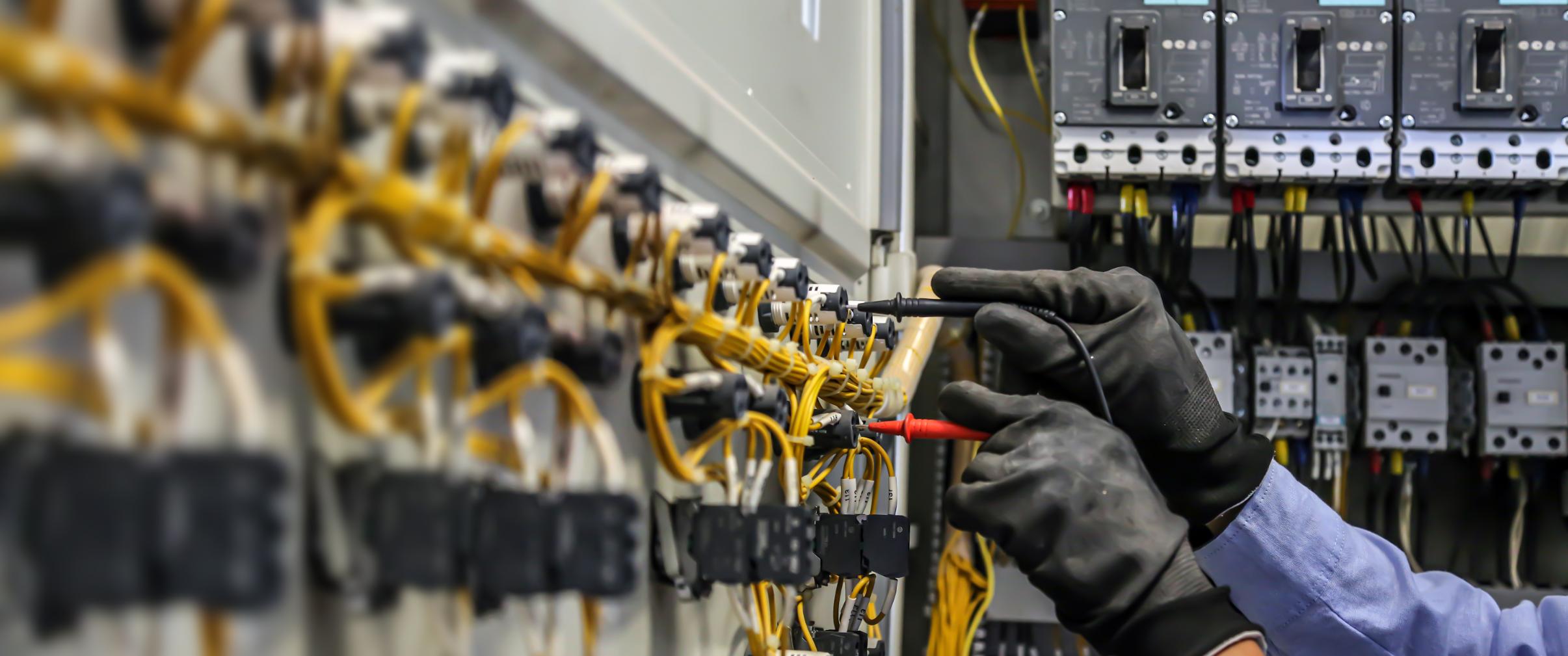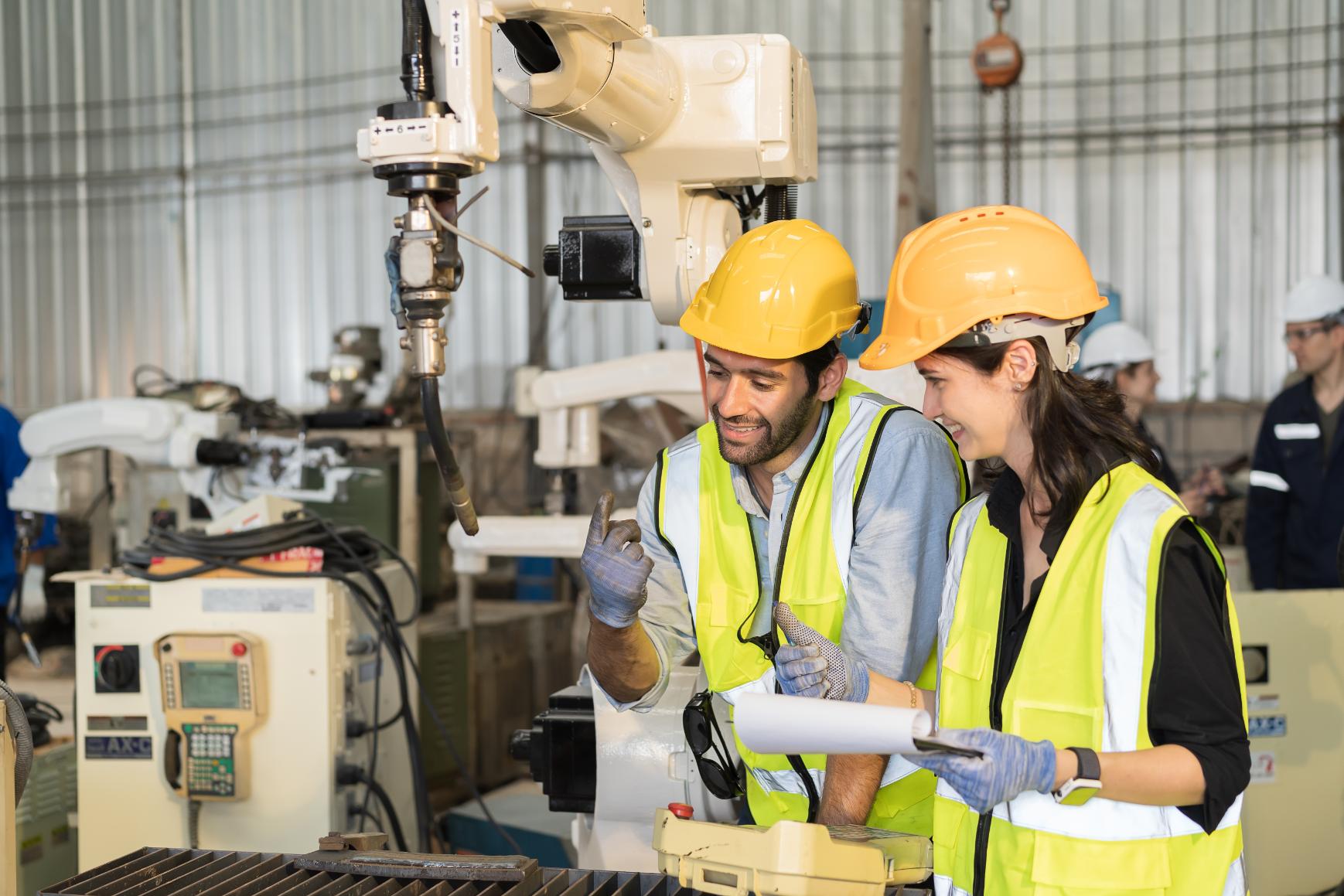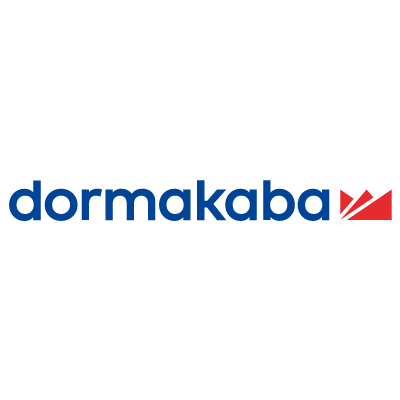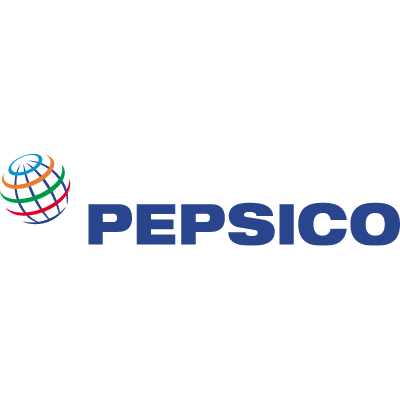This is the third article in a series dedicated to Industrial IoT solutions, written in cooperation with our partner Advantech, a global leader in intelligent IoT systems and embedded platforms. We would like to thank Mateusz Olszewski, Key Account Manager CEE at Advantech and Adam Kosuń, Field Application Engineer at Advantech, for sharing their insights and valuable input.
Communication protocols are the foundational layer that enables diverse industrial devices to exchange data reliably and securely. In the realm of industrial Internet of things (IIoT), protocols serve as the “nervous system,” carrying signals that govern machine operations, monitor environmental conditions, and feed insights into higher-level analytics platforms. Properly chosen and implemented, these protocols ensure interoperability across different equipment manufacturers, guarantee the timeliness of mission-critical data, and maintain the integrity and security of industrial processes.
This article examines the range of industrial IoT communication protocols—from traditional fieldbus and wired Ethernet to modern wireless and application-layer solutions—and explores how each technology can be selected and implemented to meet the evolving demands of Industry 4.0.
Types of industrial IoT communication protocols
Before going into technical details, let us break down the main types of IoT communication protocols.
Fieldbus protocols (e.g., Modbus RTU, PROFIBUS) typically operate over serial connections (like RS-485) and were developed before Ethernet became commonplace in industrial settings. They offer deterministic communication and robust performance in noisy environments but often have lower bandwidth and may require specialized cabling or topology rules. Fieldbus networks also tend to be simpler in design, with a master/slave architecture controlling the data flow.
Ethernet-based protocols (e.g., EtherNet/IP, PROFINET), on the other hand, use standard Ethernet as their physical layer. This allows for higher data rates, easier integration with IT infrastructures, and the ability to handle more complex data exchanges. Many Industrial Ethernet protocols also incorporate real-time extensions or time-sensitive features, enabling them to match or exceed the deterministic behavior of traditional fieldbus systems, but with greater scalability and openness to modern networking tools and architectures.
Both traditional fieldbus protocols and industrial Ethernet protocols are typically implemented as wired solutions. They use serial cabling (for fieldbus) or Ethernet cables (for industrial Ethernet) to establish communication in most industrial setups.
Wireless IoT protocols, on the other hand, extend connectivity to environments where cabling is impractical or too costly. Technologies like Wi-Fi (IEEE 802.11) and Bluetooth Low Energy (BLE) are widely used for local, high- or medium-throughput applications, although they may face interference or range limitations in industrial settings. Zigbee and Thread (based on IEEE 802.15.4) enable low-power, mesh networking for sensor deployments, supporting battery-operated devices that may be spread throughout a facility. For long-range needs, LoRaWAN, and NB-IoT excel at transmitting small data packets over distances of several kilometers with minimal energy usage. These protocols facilitate remote asset monitoring, smart agriculture, and large-scale sensor networks, helping companies implement flexible, cost-effective IIoT deployments.
Traditional fieldbus protocols
Before the advent of high-speed industrial Ethernet and application-layer IoT protocols, the industry relied on fieldbus systems to connect controllers, sensors, and actuators. Fieldbus protocols came in different flavors, each aimed at specific industries and performance requirements. While many are considered “legacy” today, they remain in widespread use due to their reliability and the high cost of replacing entire operational infrastructures.
Modbus
Introduced by Modicon (now Schneider Electric) in the late 1970s, Modbus remains one of the most widely used industrial protocols thanks to its simplicity and extensive manufacturer support. It comes in two main varieties: Modbus RTU, which uses RS-485 and a master/slave polling model, and Modbus TCP, which encapsulates Modbus messages within TCP/IP for easier integration and multiple masters. Its strengths lie in straightforward implementation, low hardware cost, and broad adoption across diverse industries. However, limited data throughput and reliance on polling can make it less suitable for high-speed or time-critical applications, particularly in the RTU variant.
PROFIBUS
PROFIBUS is a robust and widely supported fieldbus technology found in both process and discrete manufacturing. It has two main variants: PROFIBUS DP, used in factory automation for high-speed communication with distributed I/O and drives, and PROFIBUS PA, which employs MBP to deliver power and data over a single cable—ideal for hazardous or process-industry settings. Known for its medium to high-speed capabilities and extensive diagnostic features, PROFIBUS excels in environments where deterministic timing and proven vendor support are essential.
DeviceNet
DeviceNet is an industrial protocol built on the Controller Area Network (CAN) standard, known for its ruggedness and ease of setup—particularly in North America. Its CAN-based design provides strong noise immunity, making it a good fit for electrically demanding environments, and typically incurs lower implementation costs than Ethernet alternatives. However, it supports fewer nodes and offers lower data rates, limiting scalability for large installations. Despite the rise of newer Ethernet-based protocols, DeviceNet remains a dependable option for certain critical processes, underscoring the ongoing importance of well-established fieldbus solutions in industrial automation.
Industrial Ethernet communication protocols
As Industry 4.0 initiatives demand higher bandwidth, real-time data exchange, and convergence of IT and OT (Operational Technology), Ethernet-based networks have come to the forefront. They leverage standardized cabling (Ethernet), integrate easily with enterprise systems, and often offer superior speed and flexibility compared to older serial fieldbuses.
Beyond performance gains, Ethernet’s ability to support higher throughput (100 Mbps, 1 Gbps, or more) unlocks advanced automation capabilities and real-time analytics. Leveraging standard IT infrastructure—switches, routers, and cabling—also simplifies deployment and ongoing maintenance. Furthermore, Ethernet-based solutions scale gracefully, making it easier to add new devices, connect to supervisory systems, and even bridge into cloud-based platforms for remote monitoring and data-driven optimization.
PROFINET
PROFINET is an industrial Ethernet protocol developed by PROFIBUS & PROFINET International (PI), recognized for its advanced real-time capabilities and broad industry adoption. It offers three performance levels—standard, real-time (RT), and isochronous real-time (IRT)—allowing sub-millisecond cycle times for high-speed applications like packaging or robotics. By leveraging Ethernet infrastructure, PROFINET integrates smoothly with IT networks and various PLCs, though implementing complex real-time features can increase setup requirements. Nevertheless, its robust performance and interoperability make PROFINET a key solution for motion control and modern automation, bridging traditional fieldbus environments with the demands of Industry 4.0.
EtherNet/IP
EtherNet/IP is an industrial Ethernet protocol developed by ODVA (Open DeviceNet Vendors Association), recognized for its use of the Common Industrial Protocol (CIP) over standard TCP/IP and UDP. Widely adopted in North America, particularly under Rockwell Automation’s Allen-Bradley brand, it offers a straightforward convergence of IT and OT. By utilizing familiar Ethernet infrastructure, EtherNet/IP provides flexible topologies and moderate real-time performance, fitting well into many mid-range automation environments. While not as specialized for ultra-low latency as certain alternatives, it remains a popular choice due to its ease of enterprise integration and strong vendor support, underscoring the ongoing push toward unified industrial networks.
EtherCAT
EtherCAT is an industrial Ethernet protocol pioneered by Beckhoff, designed for ultra-fast, deterministic communication. It handles data “on the fly,” passing it through each node with minimal delay and achieving extremely low latency. By employing distributed clocks, EtherCAT synchronizes servomotors and other time-critical components with high precision, making it ideal for robotics, CNC machines, and applications demanding microsecond-level response. Its daisy-chain or ring topology further streamlines wiring and layout in complex systems. Although setup can be more intricate than simpler Ethernet alternatives, EtherCAT’s unmatched performance solidifies it as a prime choice for high-speed motion control and advanced automation projects.
Other notable variants
Beyond the mainstream industrial Ethernet protocols, several notable variants cater to more specialized real-time needs. Powerlink provides deterministic Ethernet for real-time control, especially prevalent in certain machine-building markets. SERCOS III, rooted in the SERCOS standard, focuses on precise motion control, synchronizing complex movements with exceptional accuracy. Meanwhile, TSN (Time-Sensitive Networking) is a suite of IEEE 802.1 standards that adds quality-of-service guarantees and deterministic scheduling to standard Ethernet, paving the way for converged, high-performance industrial networks and pushing real-time capabilities even further.
IIoT-focused communication protocols at the application layer
Beyond the physical and data link layers, application-layer protocols facilitate data exchange among IoT devices, controllers, analytics platforms, and cloud services. These protocols often include built-in security, data modeling, and discovery mechanisms, making them well-suited for enterprise-level integration.
OPC UA (Open Platform Communications Unified Architecture)
OPC UA is a platform-independent standard derived from classic OPC, recognized for bridging operational data (OT) with IT systems and cloud platforms. It features robust data modeling, certificate-based encryption, and support for complex types, events, and alarms, enabling secure, detailed information exchange. Acting as a “universal translator,” OPC UA connects disparate fieldbuses and controllers, unifying data flows across production systems. Its servers can run on edge gateways, providing real-time insights to MES, ERP, or cloud analytics, which makes it an indispensable tool for modern IIoT environments requiring both interoperability and high-level security.
MQTT (Message Queuing Telemetry Transport)
MQTT is a lightweight, publish/subscribe protocol that employs a broker-based architecture. Clients publish messages to specific “topics,” and subscribers receive only the topics they need, reducing network overhead and easing scalability. Its minimal overhead suits low-bandwidth or high-latency environments, and it enjoys native support in major cloud platforms like AWS IoT and Azure IoT Hub. However, MQTT doesn’t inherently provide real-time determinism for time-critical processes and requires a continuously available broker, which must be securely configured and maintained.
HART & WirelessHART
HART overlays a digital signal on the legacy 4–20 mA analog line, enabling two-way device communication without altering existing wiring. This allows process value monitoring alongside advanced device information, such as calibration or diagnostics. WirelessHART, operating in the 2.4 GHz band, builds on this foundation by creating a secure, self-organizing mesh network, a crucial advantage in process industries where running new cables is challenging or unsafe. Both wired and wireless versions of HART remain indispensable in environments demanding reliable, easily integrated instrumentation.
Wireless Technologies in industrial IoT
While wired networks remain prevalent for their speed and reliability, wireless solutions can be indispensable in scenarios where cables are impractical or cost-prohibitive. From short-range Bluetooth to long-range cellular networks, various wireless technologies cater to different IIoT requirements.
Wi-Fi (IEEE 802.11)
Wi-Fi offers high bandwidth and effortless integration with existing enterprise networks, making it a convenient option for many factory settings. Familiarity among IT teams simplifies deployment; however, signals can be weakened by interference or physical barriers like walls and metal structures. Additionally, Wi-Fi typically consumes more power than low-energy alternatives, which can impact battery-dependent devices or remote sensors.
Bluetooth Low Energy (BLE)
BLE suits short-range applications such as wearable sensors, handheld diagnostics, or asset tracking. Although BLE mesh networks can extend coverage, they require strategic node placement. Its low power consumption is ideal for battery-powered devices, and ongoing expansion of BLE-enabled products makes it increasingly attractive for industrial use, particularly where small data exchanges and energy efficiency are priorities.
ZigBee / IEEE 802.15.4
ZigBee is tailored for low-power, low data rate sensor networks that can form robust mesh topologies. In such setups, nodes relay data to expand coverage and handle obstructions. While often found in consumer devices, industrial-grade ZigBee solutions include enhanced security and hardened hardware to ensure reliable operation in demanding factory environments.
LPWAN Technologies (LoRaWAN, Sigfox)
Low Power Wide Area Networks (LPWAN) like LoRaWAN and Sigfox transmit small data packets over long distances, making them suitable for remote monitoring, agriculture, and smart city deployments. Their key advantages include extended battery life, thanks to minimal energy usage, and broad geographic coverage. This approach is well-suited for large-scale sensor networks that need infrequent, lightweight communication.
NB-IoT, LTE-M, and 5G
Cellular IoT standards, including NB-IoT and LTE-M, deliver low-cost, low-power connectivity over existing mobile networks, benefiting remote sites lacking wired infrastructure. Meanwhile, 5G promises high bandwidth, ultra-low latency, and support for massive device densities—crucial for autonomous vehicles in warehouses, fleet management, and other high-mobility scenarios. As coverage and technology mature, these cellular options will increasingly shape industrial IoT deployments.
Key selection criteria for IIoT protocols
- Real-time performance—control processes (robotics, machining) need deterministic latency (e.g., EtherCAT, PROFINET IRT). Non-critical telemetry can use MQTT or Modbus TCP. Choose protocols based on required response times.
- Security—industrial networks face cyber threats. OPC UA includes built-in encryption/authentication; others need added security (VPNs, firewalls). MQTT also enhances security by typically running over TLS (Transport Layer Security) for data-in-transit encryption, employing certificate-based authentication, and allowing role-based access control through broker-level rules. The Strong security protects data and operations.
- Scalability—IIoT networks grow from small setups to thousands of devices. MQTT scales well with broker-based architecture, while fieldbuses may have strict node limits. Plan for expansion early.
- Interoperability—open standards (e.g., OPC UA) ensure multi-vendor compatibility, reducing integration issues and vendor lock-in. A strong ecosystem improves long-term reliability.
- Cost vs. complexity—real-time Ethernet offers high performance but increases costs and support needs. Lighter protocols are cost-effective but may require extra security layers. Balance cost with operational demands.
- Environmental resilience—harsh conditions (extreme temperatures, dust, hazardous areas require robust protocols. WirelessHART or LoRaWAN are ideal for environments where cabling isn’t feasible. Choose based on site conditions.
Industrial IoT: conclusion and future outlook
Industrial IoT communication protocols have advanced, but they must keep up with increasing data volumes, stricter security, and smarter analytics. As factories digitize, these protocols will be key to efficient and reliable automation.
The convergence of IT & OT is accelerating as edge computing brings analytics closer to the production floor. Traditional controllers now support containerized applications (Docker, Kubernetes), providing real-time insights and faster decision-making. By seamlessly connecting devices to cloud services or data centers, modern protocols enable rapid feedback loops, reduce latency, and enhance operational flexibility.
Time-sensitive Networking (TSN) enhances Ethernet by ensuring deterministic scheduling, traffic shaping, and strict QoS guarantees. This technology benefits robotics synchronized motion control, and ultra-fast production lines by delivering microsecond-level precision while merging time-critical and general data on a single network. As TSN adoption grows, it promises more streamlined and flexible industrial infrastructures.
As IIoT connectivity expands, cybersecurity becomes increasingly critical in preventing threats that could disrupt operations. Zero-trust models enforce authentication and authorization for every device and data flow, while AI-driven intrusion detection helps identify anomalies and mitigate risks proactively. Secure-by-design protocols and rigorous security testing are essential, particularly in environments where downtime is costly and safety is paramount.
AI and data interoperability are transforming industrial automation by enabling real-time predictive maintenance, automated quality control, and deeper insights. Protocols supporting standardized information models (e.g., OPC UA Companion Specifications) streamline integration across diverse systems. As AI adoption grows, seamless data sharing will be key to unlocking its full potential in industrial settings.
Growing concerns over sustainability are driving manufacturers to adopt energy-efficient IIoT protocols. Low-power solutions like LoRaWAN, NB-IoT, and Sigfox enable efficient data transmission from battery-operated sensors, reducing wiring complexity and energy consumption. More granular resource monitoring allows for targeted optimizations, minimizing waste and emissions. As industries prioritize sustainability, protocol efficiency and energy consumption will become critical factors in system design.
If you are planning your next Industrial IoT project, we are here to help. Partnering with Advantech, we can design and implement a complete Industrial IoT network, covering both hardware and software layers. Reach out at sales@fabrity.pl to discuss the details.



